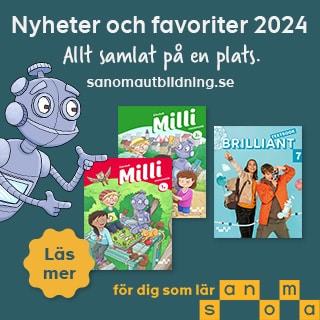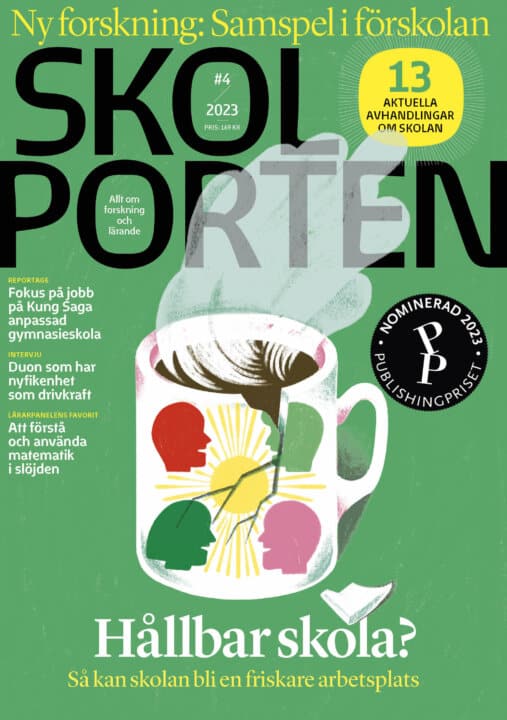From sounds to speech and gestures. Case studies of linguistic interaction in children with ASC
Pia Nordgren
Professor Åsa Abelin
Göteborgs universitet
2016-03-03
Från språkljud till tal och gester. Fallstudier om lingvistisk interaktion hos barn med autismspektrumtillstånd
From sounds to speech and gestures. Case studies of linguistic interaction in children with ASC
Från språkljud till tal och gester. Fallstudier om lingvistisk interaktion hos barn med autismspektrumtillstånd
From sounds to speech and gestures. Case studies of linguistic interaction in children with ASC
This thesis investigates the interrelationship between segmental phonology, prosody and gesture, as well as important factors for language development in individuals with autism spectrum condition (ASC), i.e. precursors. Furthermore, the thesis investigates the effects of an intervention given to two Swedish children (boys) with ASC, who were followed longitudinally over a period of 1-1 1⁄2 years. An intervention, where stimuli (minimal pairs) were gradually introduced, was constructed in order to increase awareness of phonemic contrasts and symbolic representations. The hypothesis, which was based on theories of overlapping networks for language and cognition, was that listening to sounds and watching production of sounds, in minimal pairs could lead to development of sound production, in general, and also to more advanced syllable constructions and use of new words. The idea was that cortical areas, including Broca’s area and areas for speech perception would be stimulated, which possibly could lead to secondary effects on prosodic and gestural development. The results of the thesis are in support of the existence of a cortical mechanism, for example, mirror neurons, which bridge between perception and production of speech. The studies were performed during three periods, which laid the ground for three corpora with video recorded materials. The training sessions took place at a special school for children with ASC, where teachers or a speech and language therapist conducted the sessions. Interviews were performed with the school staff and parents. According to the temporal order of language acquisition, phonological contrastive features were gradually introduced. Pairing the sounds with specific objects allowed for opportunity to train to distinguish meaning, which is a part of first-word-acquisition. All the sessions were video recorded, the corpora gathered and annotated.The first study focused on phonological development, general speech sound production in segments and syllables, phonological contrastive features, feature accuracy and auditory perceptual skills in one of the boys. Results of the study showed both a quantitative and qualitative development of speech sound production regarding the use of new phonological feature types, new syllable constructions and use of new words during the year. The results were significant, when comparing two periods, which suggests that phonological training can stimulate children with ASC to develop language and speech at 5 to 6 years of age. Thus, perception (and production) of phonological processing may not be rejected as a precursor for language development from this study. In this child with ASC, not only was there a delayed speech development but also a deviant one, both concerning segments and syllables, which is in line with previous studies that describe deviant phonological development in ASC. The second study investigated pitch, pitch range and duration in two boys, over duration of a year. Acoustic data were annotated and analysed. Autistic symptoms, such as increased pitch and increased pitch range decreased for the two boys. It was concluded that prosody developed, despite not being trained. Acoustic analyses of prosody may be useful indicators of language development and tools for diagnosis in ASC. In addition, analysis of threshold range is suggested in future studies in analysing prosody in ASC. The third study investigated deictic (declarative and imperative), general accompanying, ritualistic, iconic interactional and silent mouth gestures in one boy with ASC (the same boy as in Study I). The results showed a development of gestures, both deictic and general accompanying. The deictic gestures were contrary to expectations, more often declarative than imperative. Declarative gestures increased during the period, while imperative ones decreased. This study also shows how gestures may accompany speech in a very specific manner by the use of various hand shapes, which accompany syllables. Furthermore, results suggest that speech and gestures are interrelated. In summary, the three studies showed that segmental phonology, prosody and gestures are interrelated. Auditory (visual) perception is suggested to be an important precursor for language development in ASC from this study. Phonological processing is also related to prosody on the word and sentence level, and it may be suggested that training phonology in interaction may improve prosodic development. A finding was that F0 (Fundamental frequency) decreased more than expected in the two children, in relation to the literature on typical F0 development. Another finding was that the gestural development in one of the children showed a very close interrelationship between speech, gestures and the development of indexical functions. Use of both prosody and gestures increased despite not being trained. Furthermore, the two children developed in a similar way during the period of study, and positive development in general suggests that listening to and training with minimal pairs in triadic interaction may be useful for interventions in ASC.
Relaterade länkar

Undervisa i artificiell intelligens
 Gy–Vux
Gy–Vux 







